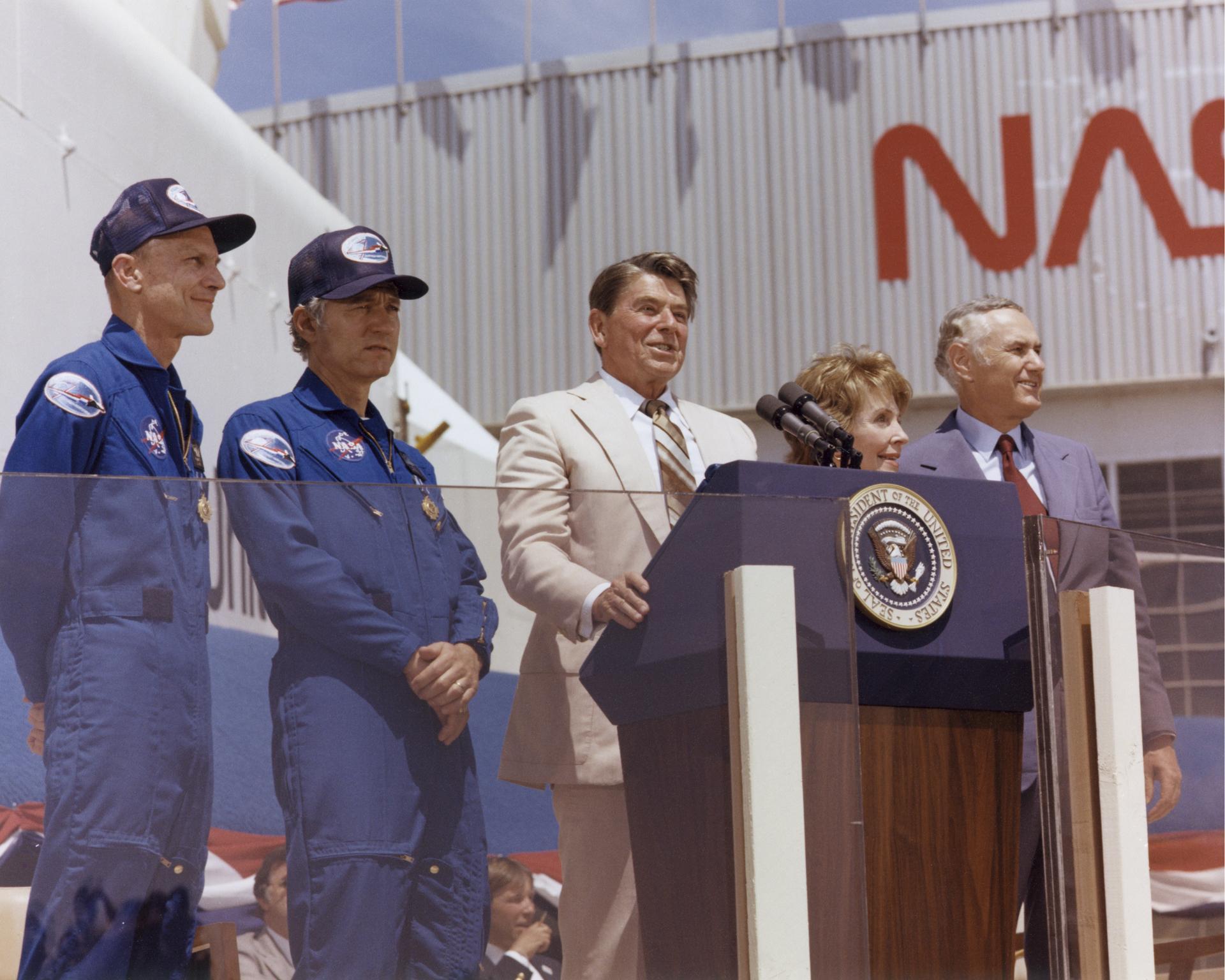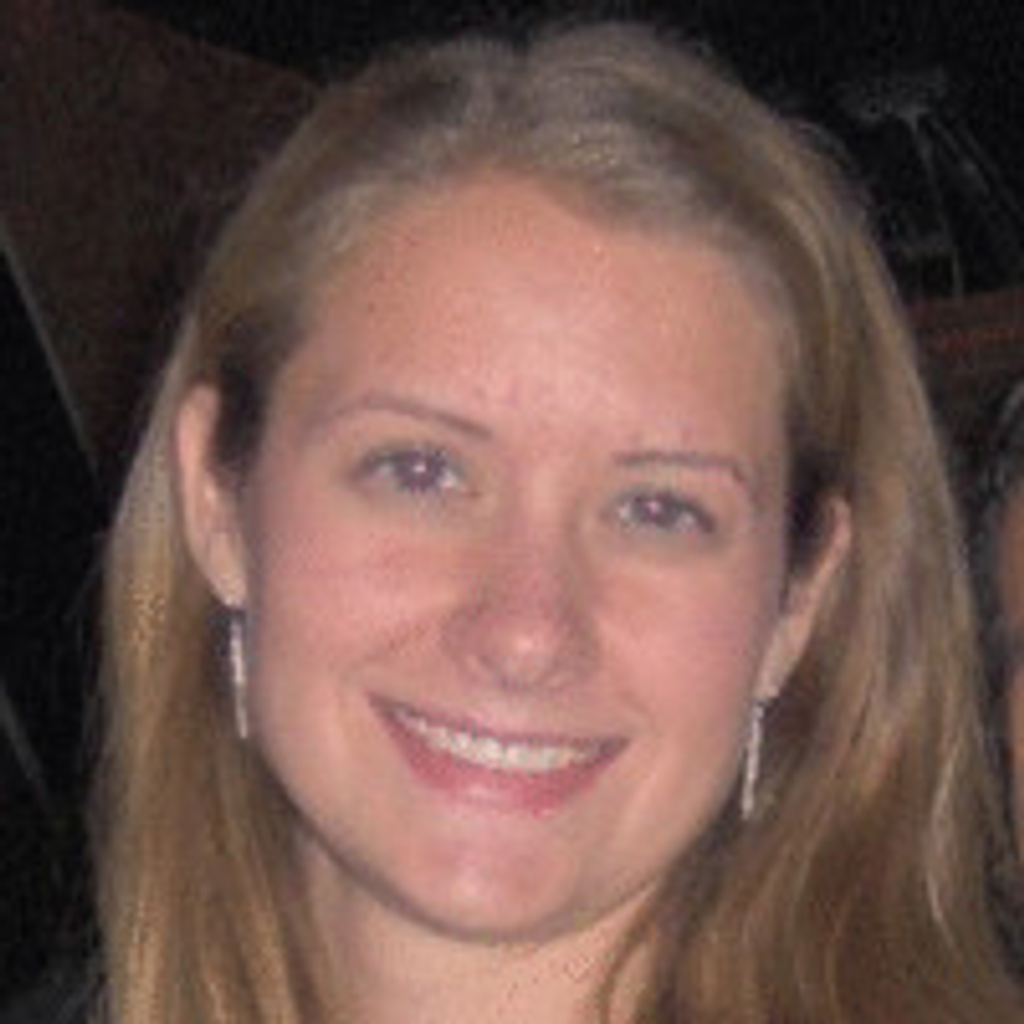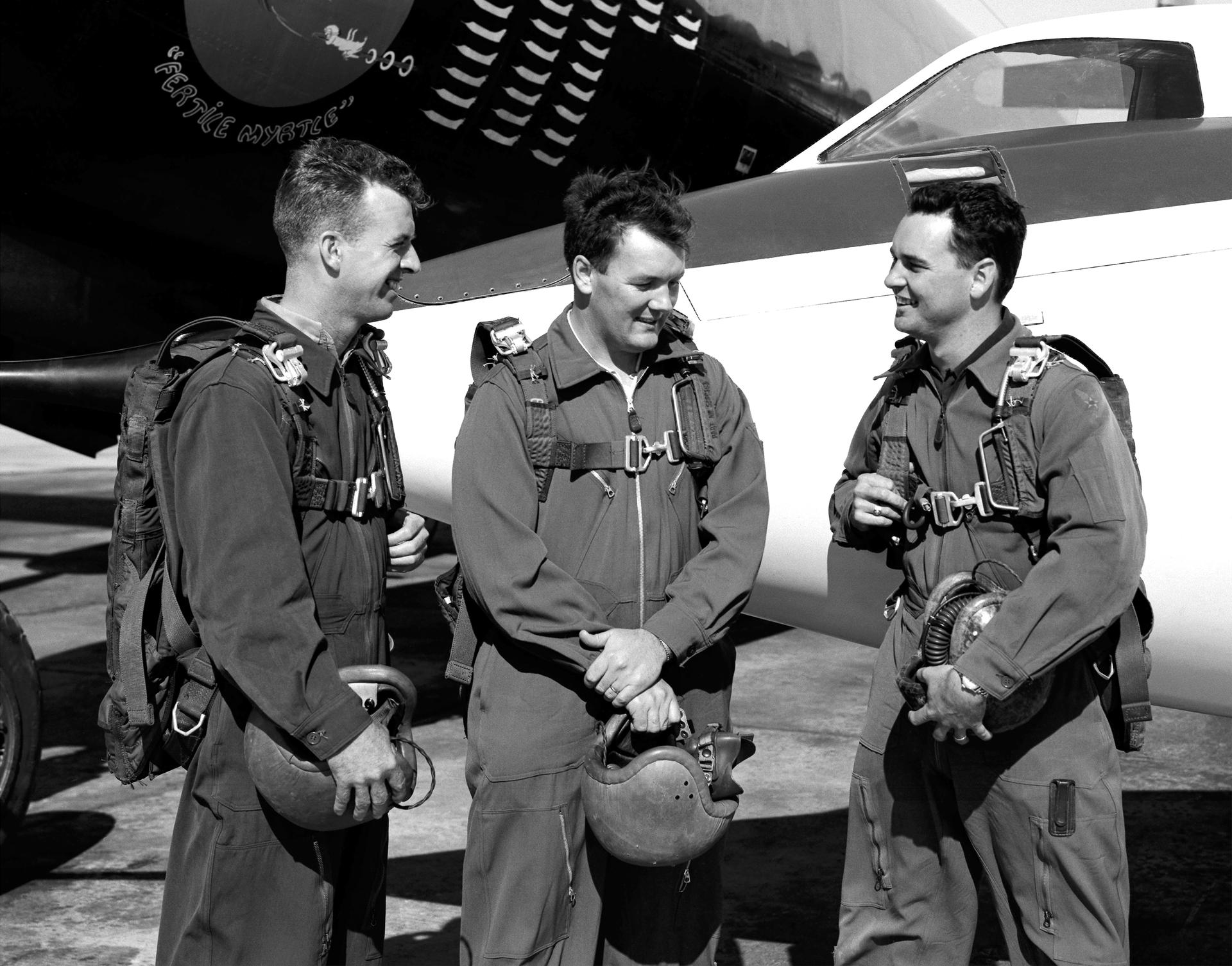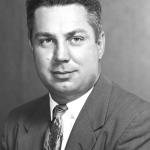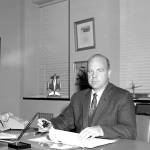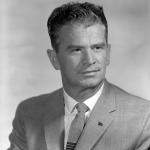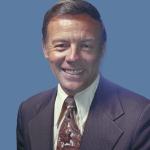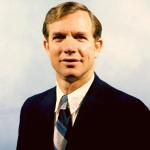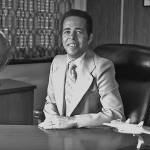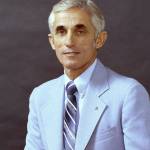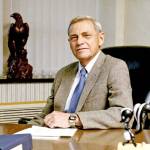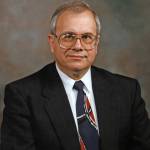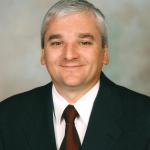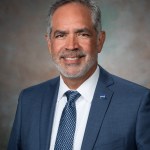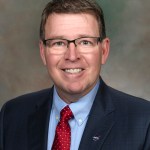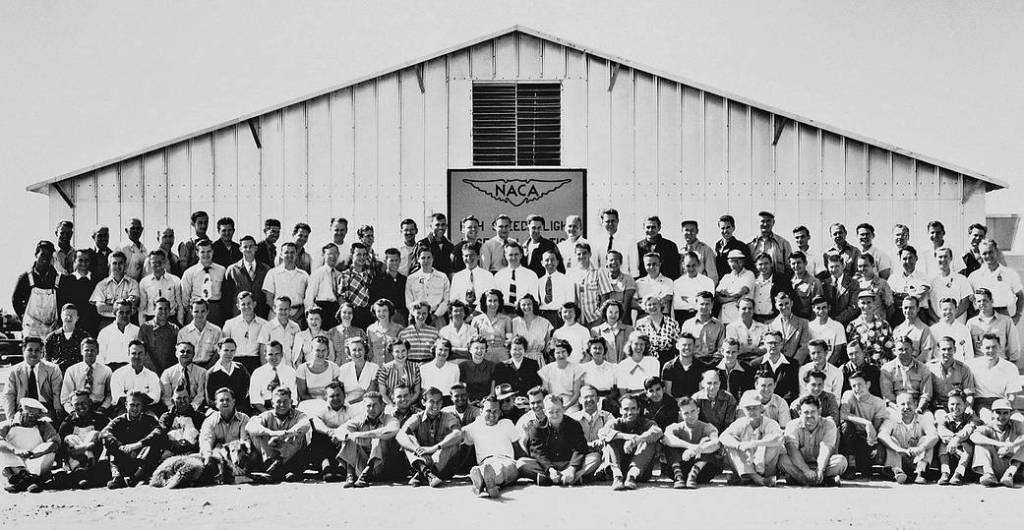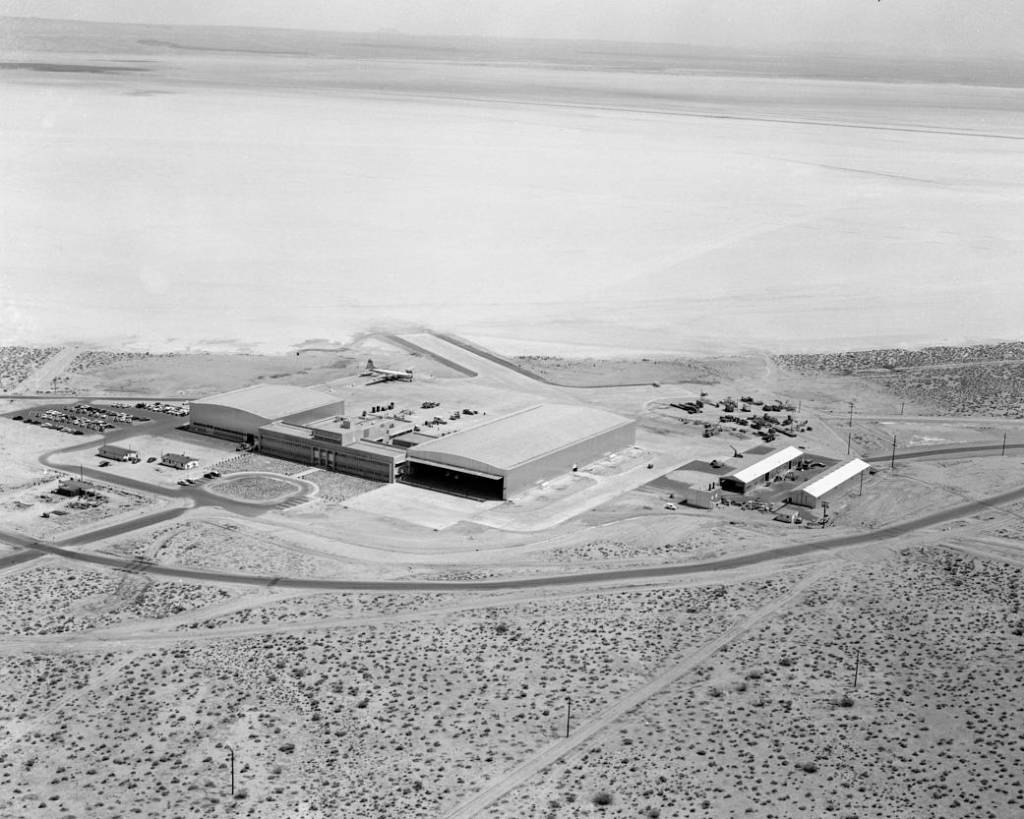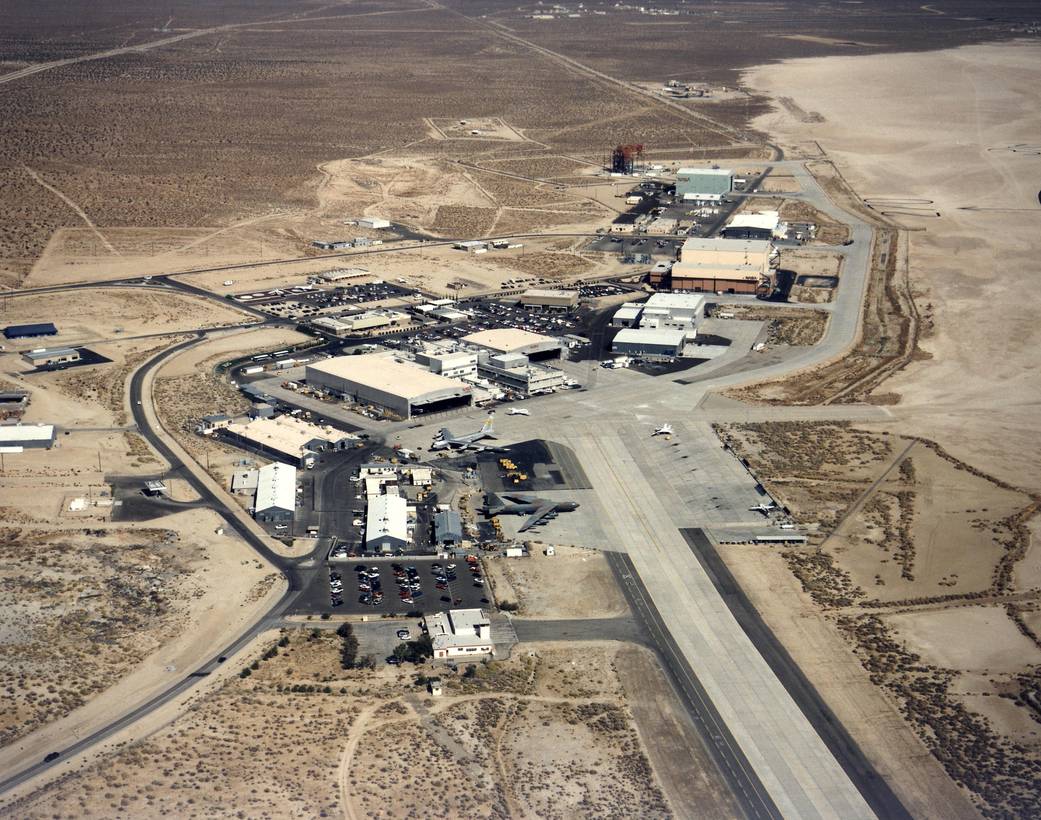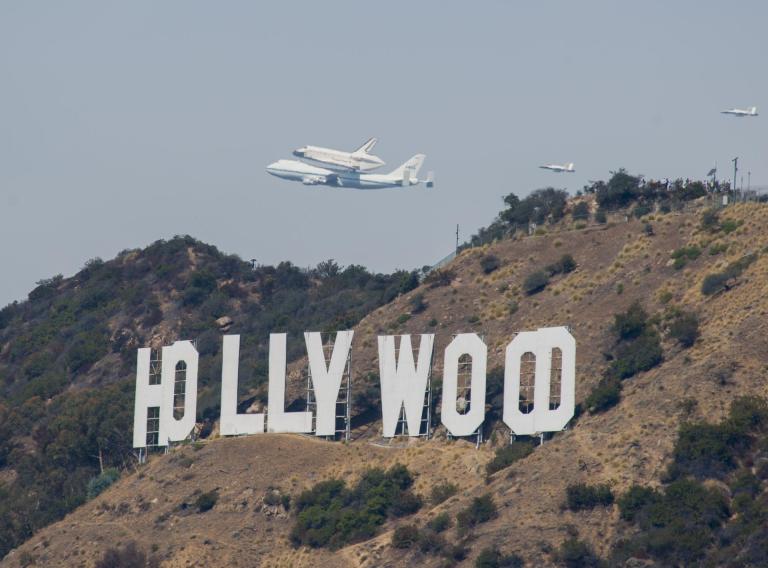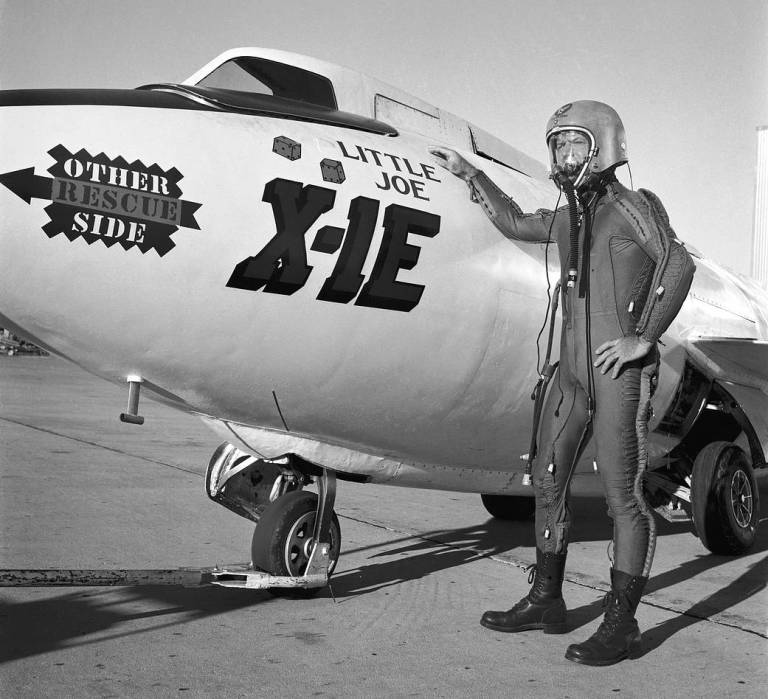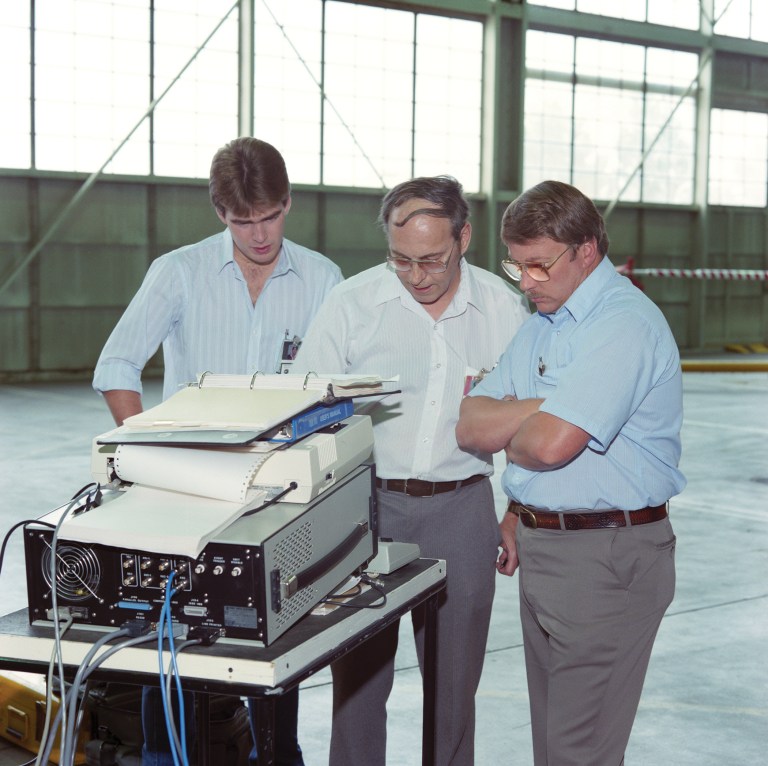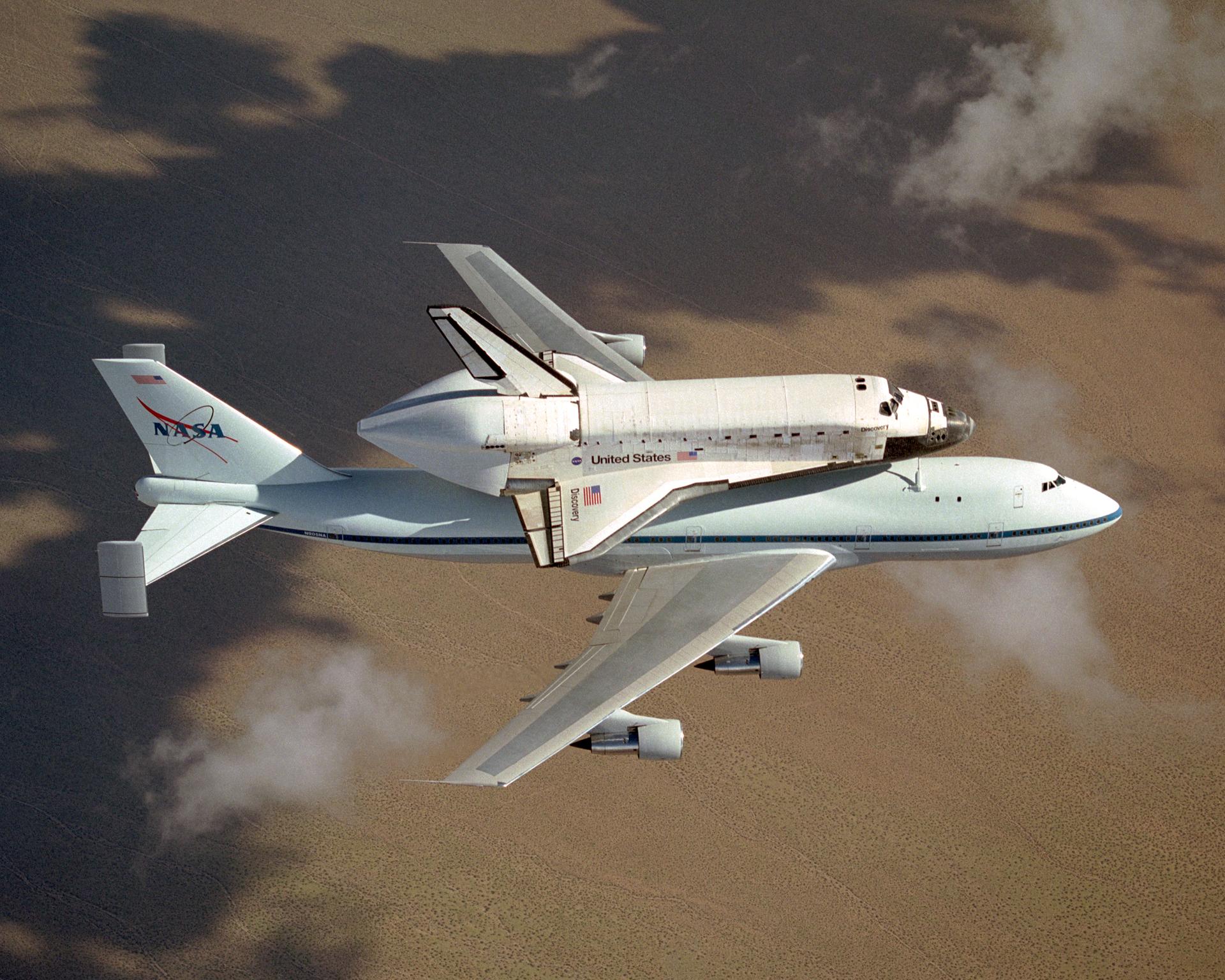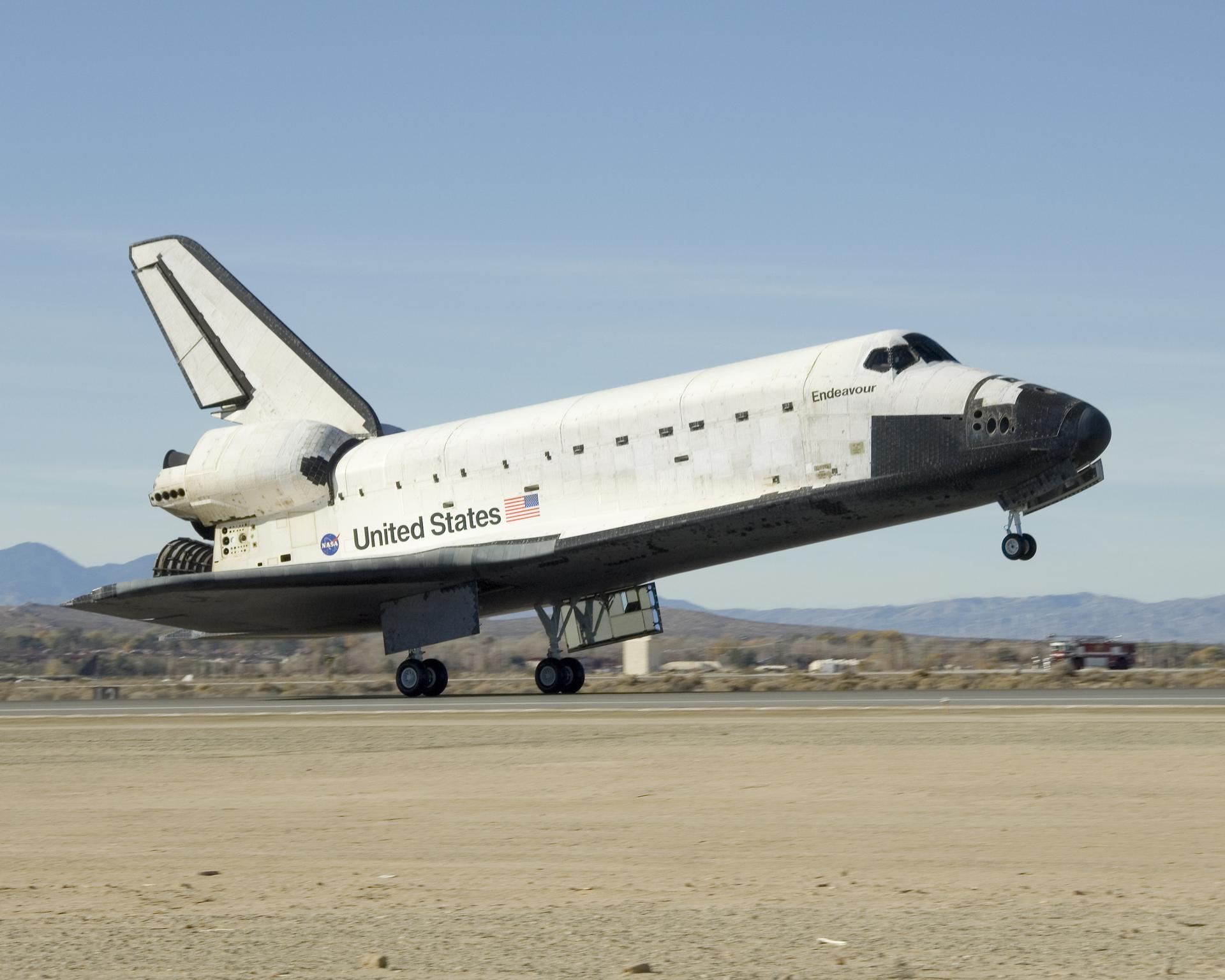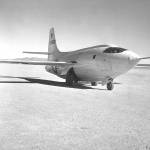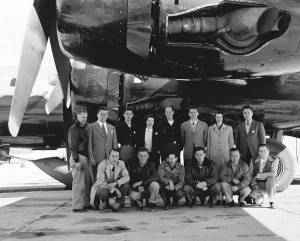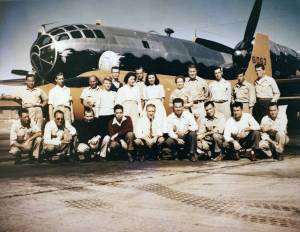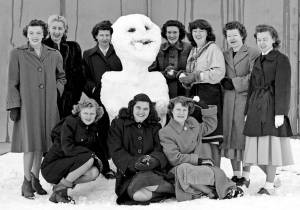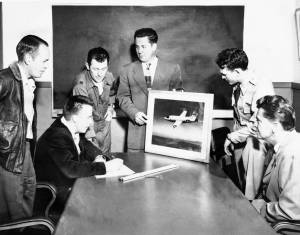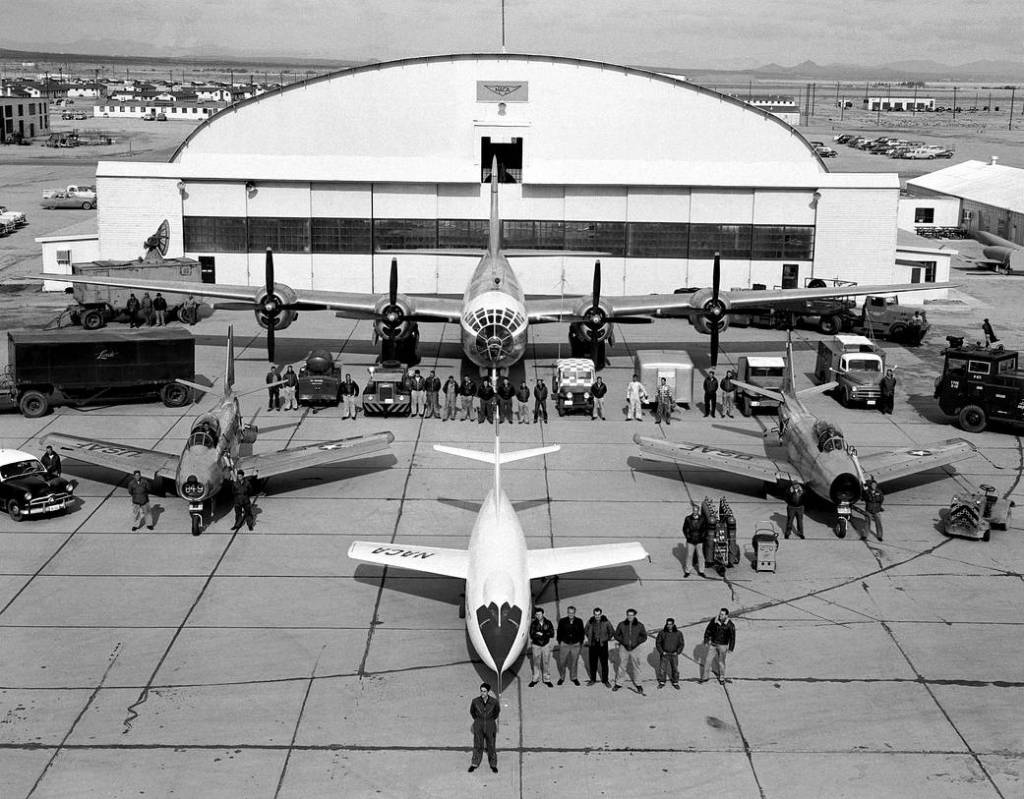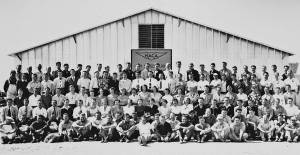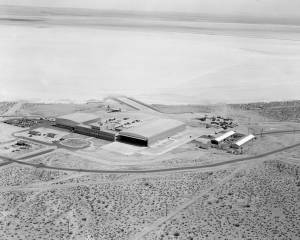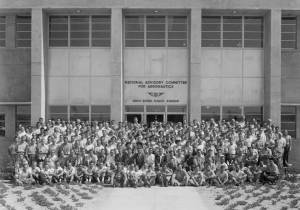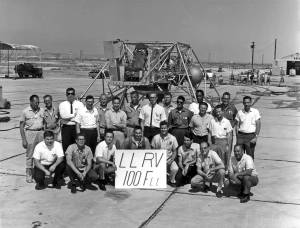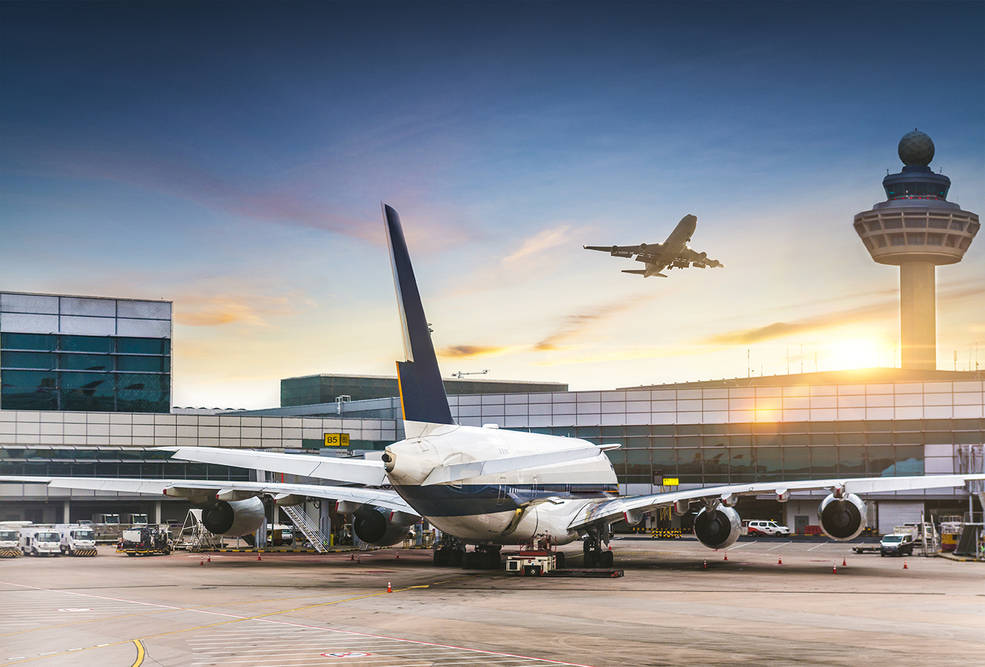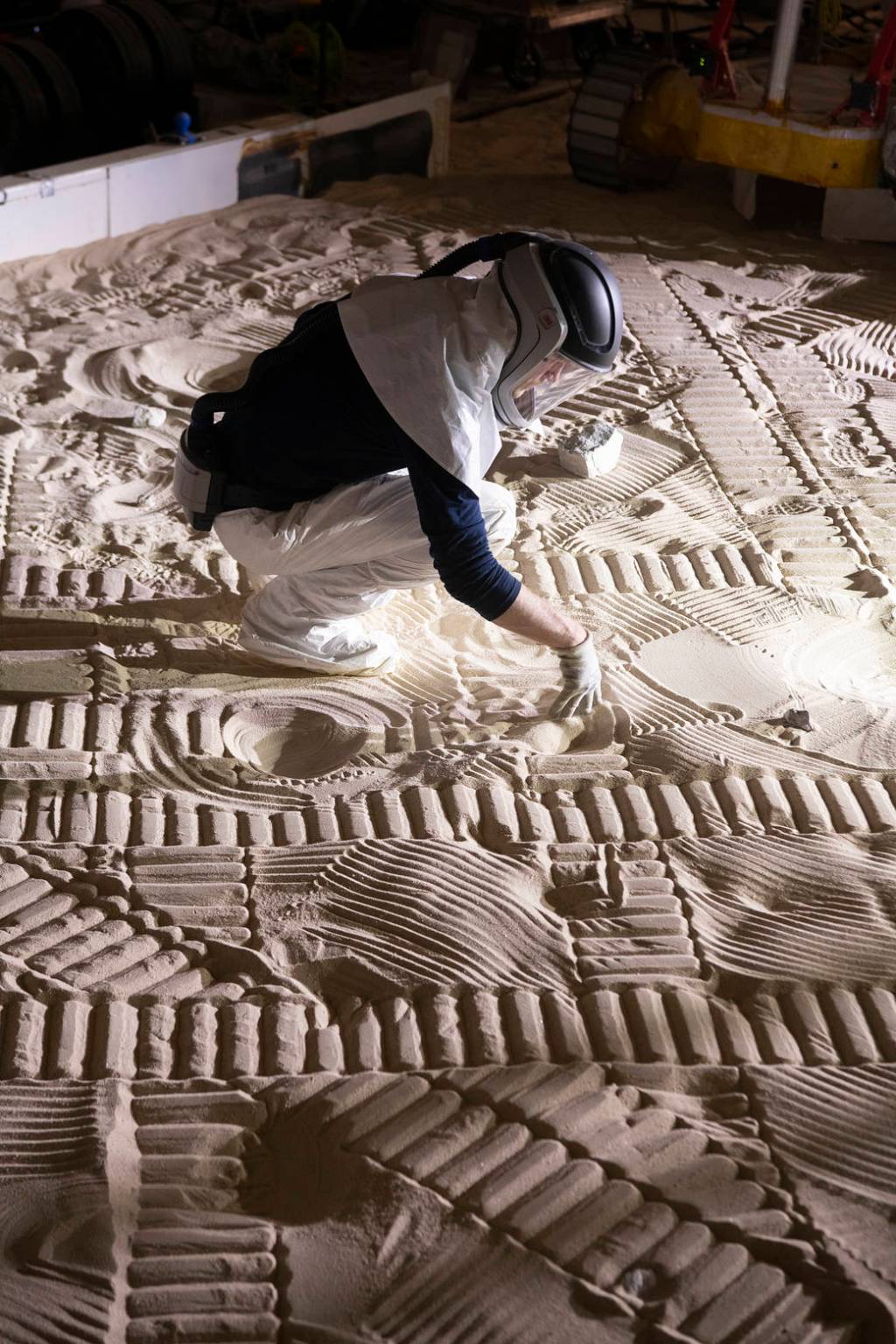Former Directors
The NACA’s Station for High-Speed Flight Research
In September 1946, thirteen people from the National Advisory Committee for Aeronautics (NACA)’s Langley Memorial Aeronautical Laboratory (LMAL) arrived at Muroc Army Air Field to participate in the first attempt by a human to fly faster than the speed of sound in the Bell X-1. The turbojet (first flown in an airplane in 1939) promised speed that propeller-driven airplanes could not match, including supersonic flight. Aeronautical engineers knew almost nothing about aerodynamics between Mach 0.8 and M. 1.2 (615–920 mph) except that it could deadly. The NACA joined with the Army Air Force (AAF) on the X-1 although the parties had different objectives. The AAF wanted to know if a pilot could go supersonic and survive. The NACA wanted that too, but first on its list was learning about the aerodynamics of the mysterious transonic realm.
Army Air Force Cpt. Charles “Chuck” Yeager exceeded Mach 1 on October 14, 1947. With this success, the AAF invested in a series of what became known as “X-planes,” and the NACA was an active participant in many of them. The Navy funded its own flight research program and the NACA played an important role in it, too. The three entities did this because they had questions about what went on aerodynamically between M. 0.8 and M. 1.2 (615–920 mph), the transonic realm. Existing wind tunnels yielded no data for that region so the military and the NACA turned to rocket powered, and then jet powered aircraft and sent pilots to the “wind tunnel in the sky” for answers.
By 1949, the LMAL began operating the world’s first transonic wind tunnel, yet the NACA transplants remained at the edge of the world’s largest dry lake in the California High Desert. Why? New, more powerful turbojet engines, new aerodynamics, new materials, new safety features, and then new control methods meant that almost everything ahead of them was unexplored. Mach 5 and 250,000 feet seemed within reach. Muroc became Edwards Air Force Base and the NACA’s Muroc Flight Test Unit is now NASA’s Neil A. Armstrong Flight Research Center, still the world’s premiere atmospheric flight research center, and the only one that will fly researchers’ experiments supersonically or to very high altitudes. Its location, on the base and in the Antelope Valley of California’s High Desert, and the Valley’s concentration of aerospace industry and knowledge, as well as ideal weather and area for atmospheric research and testing, is part of a symbiosis that the NACA began, and which NASA continues to contribute to.
After supersonic flight came swept wing, multi-Mach, and high-altitude flight, along with exploration of materials, human physiology, control in and out of the atmosphere and faster than M. 5, fly-by-wire aircraft control, efficiency, safety in aviation, aircraft health monitoring in real time, automatic ground collision avoidance, and long-haul truck aerodynamic efficiency, to name a few of the many research avenues.
X-Planes Flown at NASA Armstrong
Since the 1940s, the skies above Edwards, California, have been graced with a wide array of research aircraft, pushing the boundaries of air travel! Discover the X-planes flown at Armstrong through the decades.
Learn More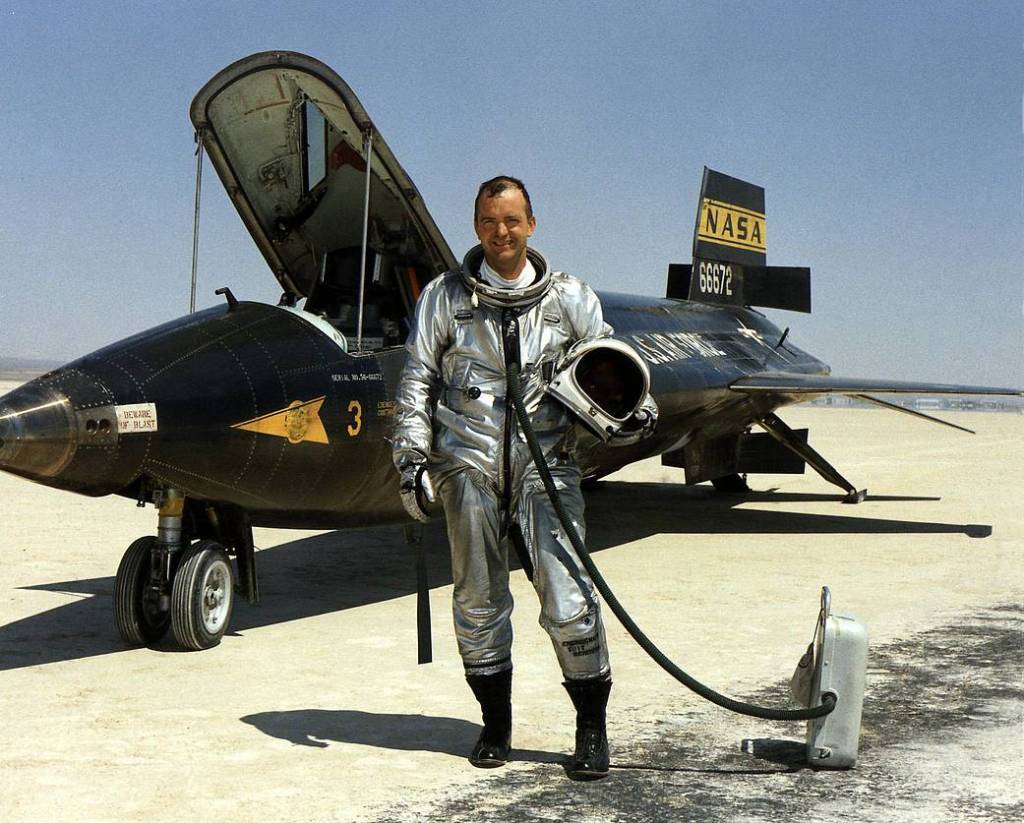
75 Years of Armstrong
In this 12-part video series, learn about the projects and people who worked on them over Armstrong Flight Research Center’s 75-year history.
Watch the SeriesLearn More About Armstrong Flight Research Center History
Milestones in NASA Armstrong's History
Since September 30, 1946, NASA’s Armstrong Flight Research Center in Edwards, California, has celebrated many achievements. Explore the important events that laid the groundwork for the center’s current programs and future endeavors.
Learn More about Milestones in NASA Armstrong's History